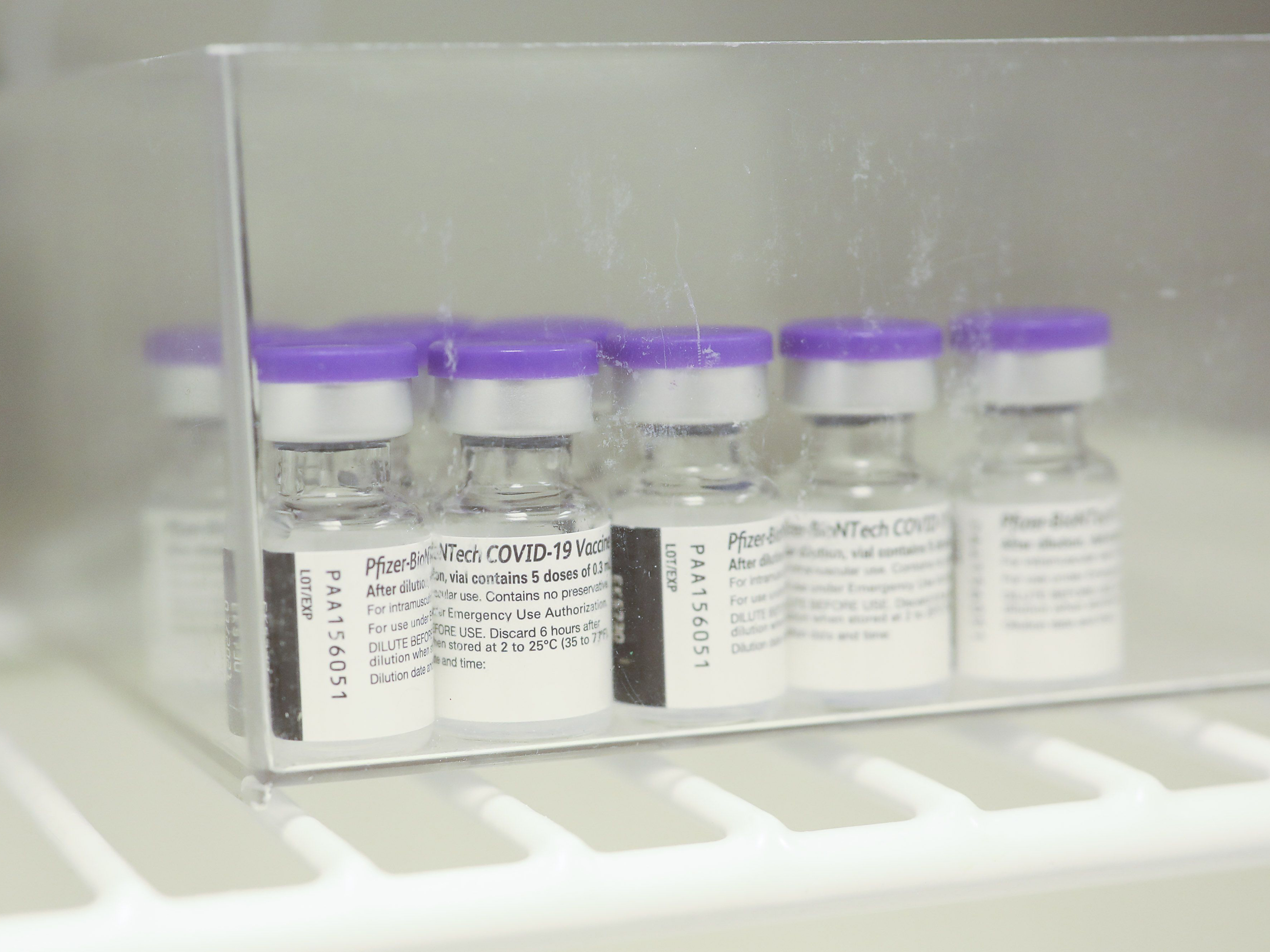
Think Tank
Ensuring an Unbroken Cold Chain for Vaccine Safety

We’re finally starting to see the light at the end of the COVID-19 tunnel, as health officials, clinics and pharmacies work to get people vaccinated as quickly as possible. With individual and public health at new risk from potentially more contagious virus variants, the quality of every dose of vaccine matters.
As powerful as the current vaccines are at stopping the coronavirus, they’re fragile when it comes to temperature. Each vaccine has its own optimal storage temperature, which varies from manufacturer to manufacturer. But every vaccine must stay within the correct temperature range from the time it’s produced until it goes into someone’s arm. Otherwise, the dose may not be effective.
The cold chain is a set of processes and best practices designed to keep vaccines and other temperature-sensitive products like perishable foods at the proper temperature from factory to final destination. Unlike a physical chain with solid, interlocked links, the pharmaceutical cold chain involves multiple players that relay vaccines from one point to the next, so each “link” is maintained and monitored by different entities.
For example, in the U.S., the Pfizer-BioNTech vaccine’s first cold chain link starts at Pfizer’s plant in Michigan, where vaccine is stored at -70°C when it comes off the production line. From there, the cold chain branches. Some cases of vaccine are shipped by truck and others by plane to destinations around the country. Along the way, they’ll encounter different conditions inside the vehicle depending on whether it’s on the road or in the air. They might also be moving through a variety weather conditions — on a day when there’s half a foot of snow in Kalamazoo, it could be 70°F in Austin.
Pfizer’s vaccine must be kept colder than any other, so the company has created special insulated containers for shipping vaccine vials, each tagged with a GPS-enabled temperature sensor. These sensors give the manufacturer the ability to see temperature and location data in real time for every shipment, to ensure that the correct temperature is maintained and to flag shipments that experience temperature problems.
Another way to ensure cold-chain compliance is by using refrigerated shipping containers or trucks that have remote temperature sensors installed. These wireless sensors can feed data continuously from the cargo area to a mobile gateway that relays the data in real time to the cloud, so managers can monitor it.
When shipments reach their destination — a clinic, hospital or pharmacy — the challenge then becomes keeping vaccines at the proper temperature until they can be used. Here, sensors installed in each vaccine storage unit play a vital role. Without them, employees would have to manually read temperatures inside vaccine freezers several times a day, which would require opening the freezers and letting warmer air inside. Then they would have to manually enter that data for required recordkeeping. Manual monitoring is time-consuming and not always effective. If a freezer fails between temperature checks or overnight, it can be hard to know how long vaccines have been held at the wrong temperature.
That’s why the Centers for Disease Control and Prevention requires facilities that receive COVID-19 vaccines, regardless of manufacturer and storage requirements, to use digital monitors to automatically take temperature readings and log the data. Frequent readings and good recordkeeping can help prevent or reduce the damage from temperature excursions.
Temperature problems complicate vaccine distribution, because once a vaccine has thawed, it may only be viable for a short time before it has to be thrown out. Without real-time data from remote temperature sensors, it can be hard or impossible to know how long the vaccine is usable, or if it’s still usable at all. If it is, the excursion can lead to a scramble to quickly get shots into arms, sometimes in the middle of the night.
At worst, temperature-related disruptions waste vaccine. Even at best, when the vaccine can be salvaged, they create unplanned work that causes additional stress for staffers and affects public confidence in the system.
Besides tracking temperatures, wireless safeguards like remote sub-zero temperature sensors can also help if vaccine storage equipment fails. Since the first vaccines were shipped, we’ve seen excursions around the country caused by mechanical problems with freezers, power outages, accidental disconnection of freezers and even a case of sabotage.
Sensors installed in vaccine storage units can send real-time alerts to clinic managers when there’s a problem with the temperature, such as a power outage. Wireless door sensors can also help by sending alerts if storage units are opened during off hours. Combining temperature and door sensors with a camera can show managers what’s going on at the facility when they’re not onsite, so they can quickly evaluate alerts and respond appropriately.
Right now, getting as many people vaccinated against COVID-19 quickly is the ultimate public health challenge, and wireless sensors are a small but crucial part of meeting that challenge. After the pandemic is behind us, remote temperature sensors will still be keeping us safe by monitoring shipments of other vaccines, temperature-sensitive medication and perishable foods, to prevent waste and protect public health.
Ray Almgren is chief executive officer of Swift Sensors, a developer of cloud-based wireless sensor systems for industrial applications.






